Dianthus x barbatus Rockin'™ Pink Magic'
Dianthus x barbatus Rockin'™ Pink Magic' – Rockin'™ Pink Magic' Sweet William
Dianthus x barbatus Rockin'™ Pink Magic' – Rockin'™ Pink Magic' Sweet William
Exposure
- Sun
Rusticity
Bloom time
- June
- July
- August
- September
- Magical, colour-changing flowers
- Shades of white, pink, mauve
- Long summer bloom
- Superb cut flower
- Modern, fringed look
The Rockin'™ Pink Magic' Sweet William is a "magical" variety that offers a spectacle of changing colours. This hybrid Dianthus stands out with its flower clusters that transition from white to pink and then to mauve, creating a multicolour effect on the same plant. It brings a touch of whimsy and a vibrant, evolving colour to borders, all while being very easy to grow.
Characteristics
- Foliage: The plant forms a low, dense clump of foliage, composed of fine, linear, rich green leaves.
- Flowering: Its flowering is truly unique. From late spring to late summer, it produces clusters of fringed flowers that change colour as they mature. They open white, tinge to pale pink, then turn to bright pink and mauve, giving the impression of having several flower colours on the plant at the same time.
- Light: It demands full sun for optimal performance and flowering.
- Habit: It forms a mounded clump of foliage from which straight, sturdy flower stems rise.
- Growth: With a medium growth rate, it reaches a height of 45 to 60 cm (18-24 inches) in bloom, with a spread of 25 to 35 cm (10-14 inches).
- Moisture: It prefers average moisture conditions.
- Soil: It thrives only in very well-drained soil. It prefers a neutral to slightly alkaline pH.
- Hardiness: Its hardiness is rated for Zone 5, but its winter survival depends much more on the quality of drainage than on the cold. In many cold-climate gardens, it behaves as an annual or a very short-lived perennial.
- Resistance: It demonstrates good resistance to deer.
Uses
- Types of Use: It is a plant of choice for the front or middle of beds and borders. It is spectacular in mass plantings and performs very well in containers.
- Ornamental Features: Its multicolour and changing effect creates a dynamic and fascinating visual impact. It is an excellent cut flower that makes for unique summer bouquets.
Care
- Watering: Water when the soil is dry to the touch, avoiding excess water. Good drainage is essential.
- Fertilizing: It is not very demanding. A spring application of compost or a balanced fertilizer is sufficient.
- Pruning: Regularly remove faded flower clusters to encourage the plant to continuously produce new flower stems. It is preferable to cut the foliage back to the ground in the spring rather than the fall.
- Planting: Plant it in the spring in a very sunny location, in soil that does not retain water, especially in winter.
- Winter Protection: The best protection is excellent drainage. Avoid locations where water accumulates in winter and do not apply a heavy organic mulch at its base.
Plant details
Dimensions
Dimensions
Characteristics
Characteristics
Habit:
- Mounded
Flowering colours:
- White
- Pink
- Lilac
- Multicolour
Plant needs
Plant needs
Watering:
- Moderate
Maintenance:
- Easy
- Deadhead
- Cut back in spring
Soil requirement:
- Well-drained
Features
Features
Resistance:
- White-tailed deer
Attract:
- Butterflies
- Hummingbirds
- Pollinators
Use:
- Border
- Container
- Mass planting
- In ground
Attribute:
- Cut flower
- Long blooming
- Successive blooming
- Fragrant
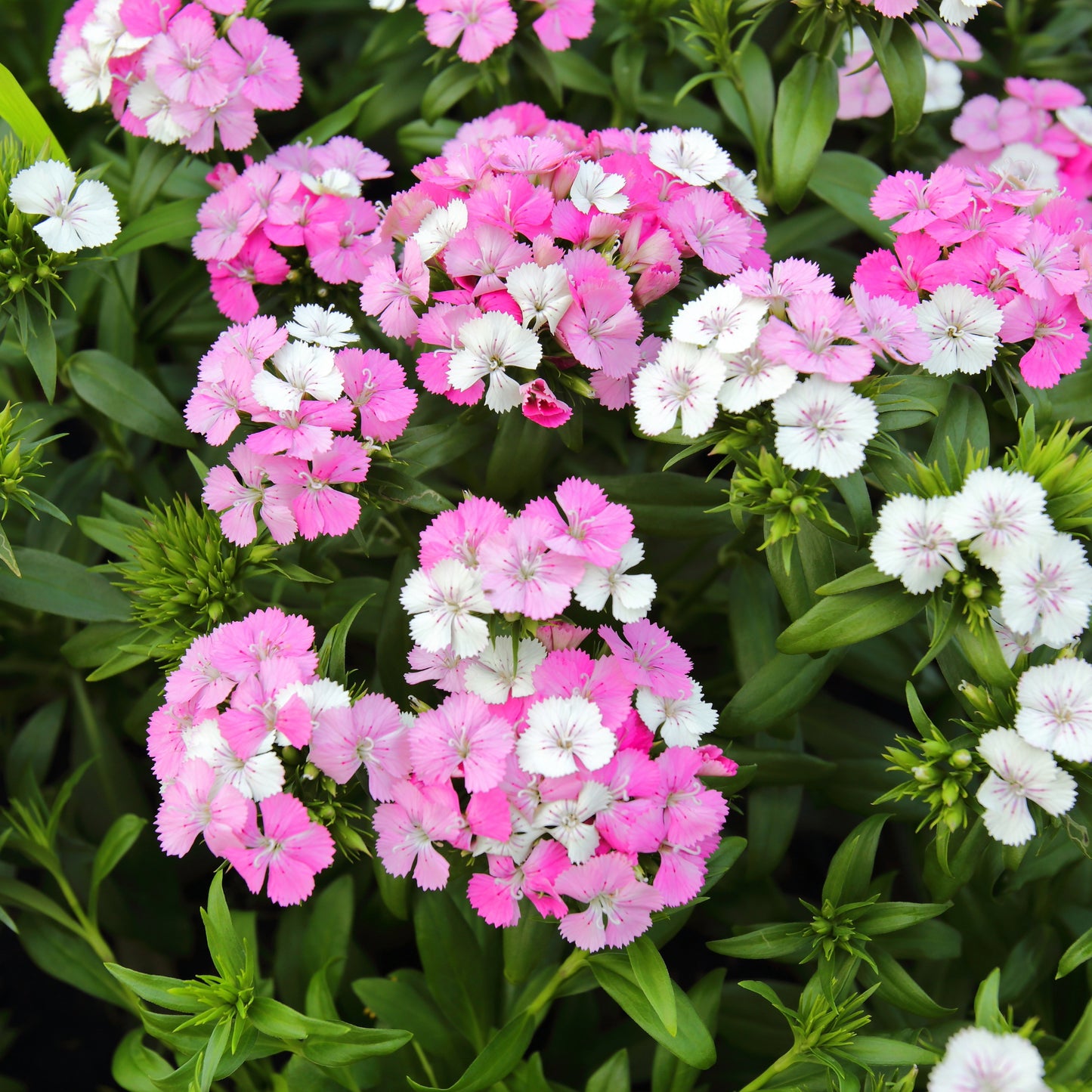


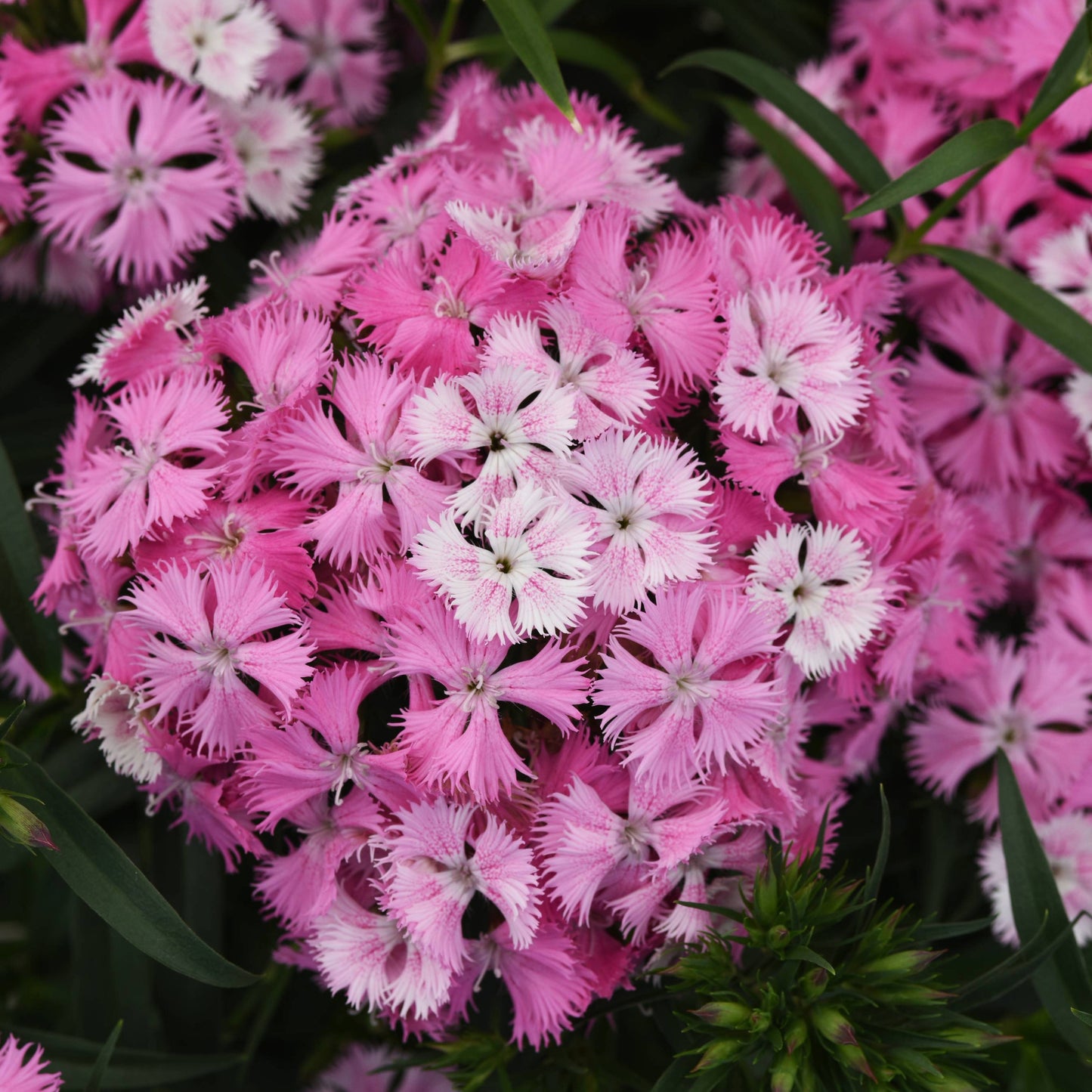
Related articles
-
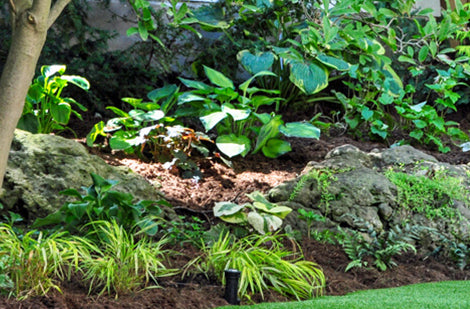
Perennials for all occasions
Read the articleOsez créer des associations inédites qui sauront refléter votre personnalité, même si pour cela vous deviez déplacer certaines vivaces pour mieux les mettre en valeur.
-
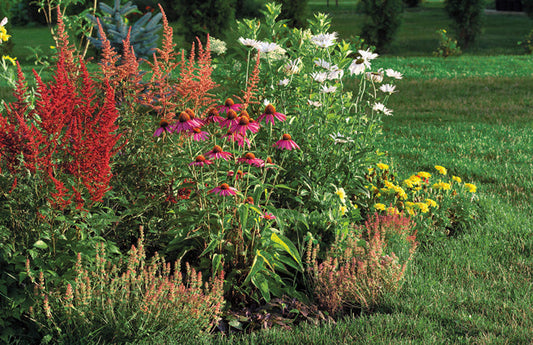
Landscaping with perennials
Read the articleVariétés à découvrir, la tomate se savoure crue, en sandwich, en bruschetta ou en salade. Cuite, c'est l'ingrédient de base de sauces, soupes et salsas.
-
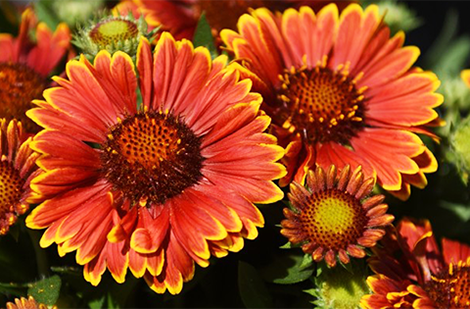
Perennials proper maintenance: cut and fertilize
Read the articleLa grande popularité des vivaces vient du fait qu'après avoir été oubliées pendant des mois au cours de l'hiver, elles réapparaissent sur la scène plus énergiques et surprenantes que par...
-
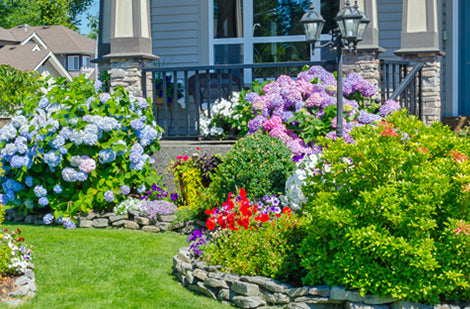
How to plant perennials in your garden
Read the articleEn pénétrant au jardin, ce sont souvent les plantes vivaces que l’on remarque en premier. Un massif de sauges, d’hémérocalles, d’astilbes, d’échinacées ou de lavande offre un spectacle d’une beauté...












